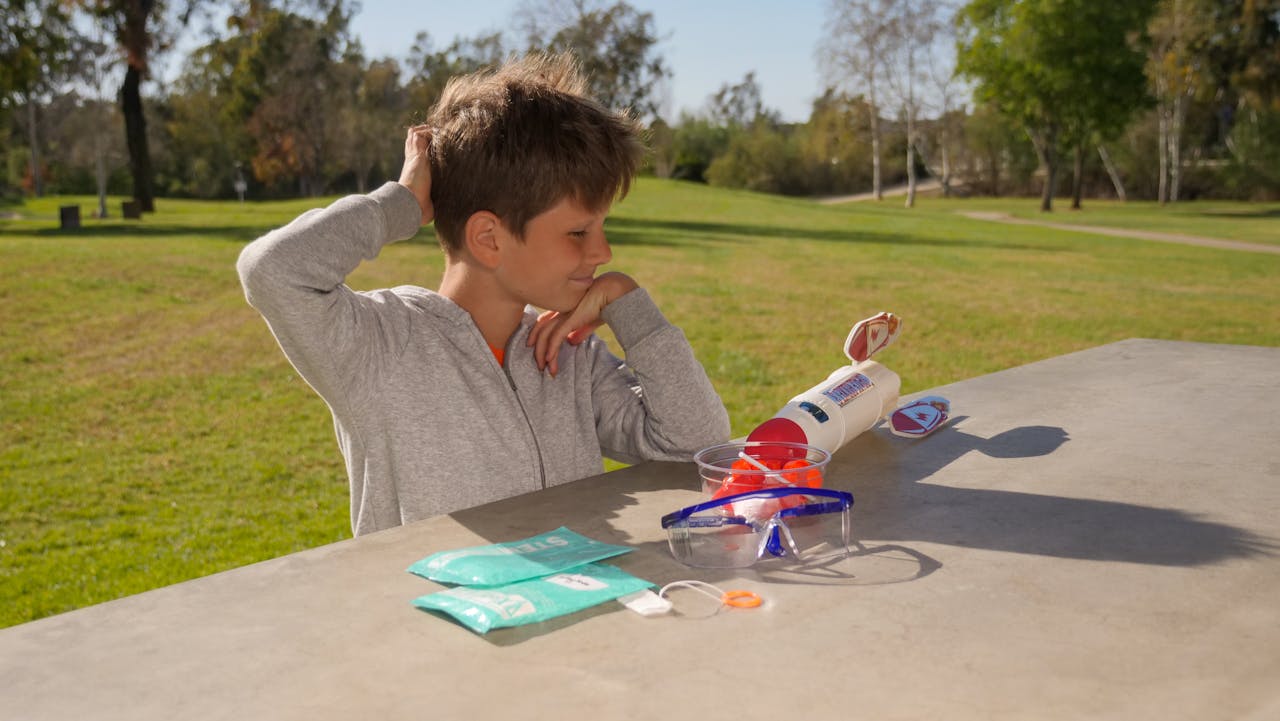Thought Leadership vs. Content Marketing
Businesses looking to increase brand awareness are already familiar with the popularity of thought leadership when it comes to their marketing tactics. The same thing goes for content marketing, which is frequently praised for creating more leads compared to other strategies. However, many business owners aren’t aware that these two strategies have clear key differences.
When it comes to content marketing, it’s a top-down communication method – and it can be promoted business to business (B2B) or business to consumer (B2C). Additionally, content marketing aims to create a relationship with the readers instead of starting a dialogue. This is because communication is framed hierarchically in content marketing, which is different from thought leadership.










